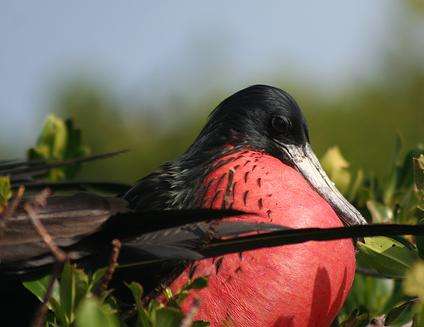Antigua is a small island located in the Caribbean Sea, known for its stunning beaches, crystal clear waters, and rich history. The island was originally inhabited by the indigenous Arawak and Carib peoples before being colonized by the Spanish in the late 15th century.
In 1632, the British arrived and claimed Antigua as a colony, establishing it as an important sugar-producing island in the Caribbean. The island’s fertile land and ideal climate made it a perfect location for sugar plantations, and the British brought in enslaved Africans to work on these plantations.
Throughout the 18th and 19th centuries, Antigua became a major hub for the transatlantic slave trade, with thousands of enslaved Africans passing through the island on their way to the United States and other Caribbean islands. This dark period in Antigua’s history had a lasting impact on the island, shaping its culture and society.
In 1834, slavery was abolished in Antigua, and the island’s economy shifted to focus on cotton and other crops. However, the end of slavery did not bring immediate prosperity to the island, and many former slaves struggled to make a living. It wasn’t until the mid-20th century when tourism began to boom that Antigua’s economy began to thrive.
In 1967, Antigua and its neighboring island of Barbuda gained independence from Great Britain, and the country of Antigua and Barbuda was formed. With its newfound independence, the island began to develop its tourism industry, attracting visitors from around the world with its beautiful beaches and warm climate.
In the 1970s and 1980s, Antigua became a popular destination for celebrities, including Princess Diana and Oprah Winfrey, further boosting its reputation as a luxury vacation spot. Today, tourism is the main economic driver of Antigua, with the island welcoming over one million visitors each year.
Despite its small size, Antigua has played a significant role in history. In addition to its involvement in the transatlantic slave trade, the island was also a key location during the Cold War. The United States established a naval base in Antigua, using it as a surveillance station to monitor Soviet activity in the Caribbean.
Antigua’s fascinating history can be seen in its architecture, with beautiful colonial buildings and ruins scattered throughout the island. The island also celebrates its past through festivals and events, such as the annual Carnival, which showcases traditional music, dance, and food.
Today, Antigua continues to be a popular destination for tourists, offering a perfect blend of history, culture, and natural beauty. Its rich and complex past has shaped the island into the vibrant and diverse place it is today.



